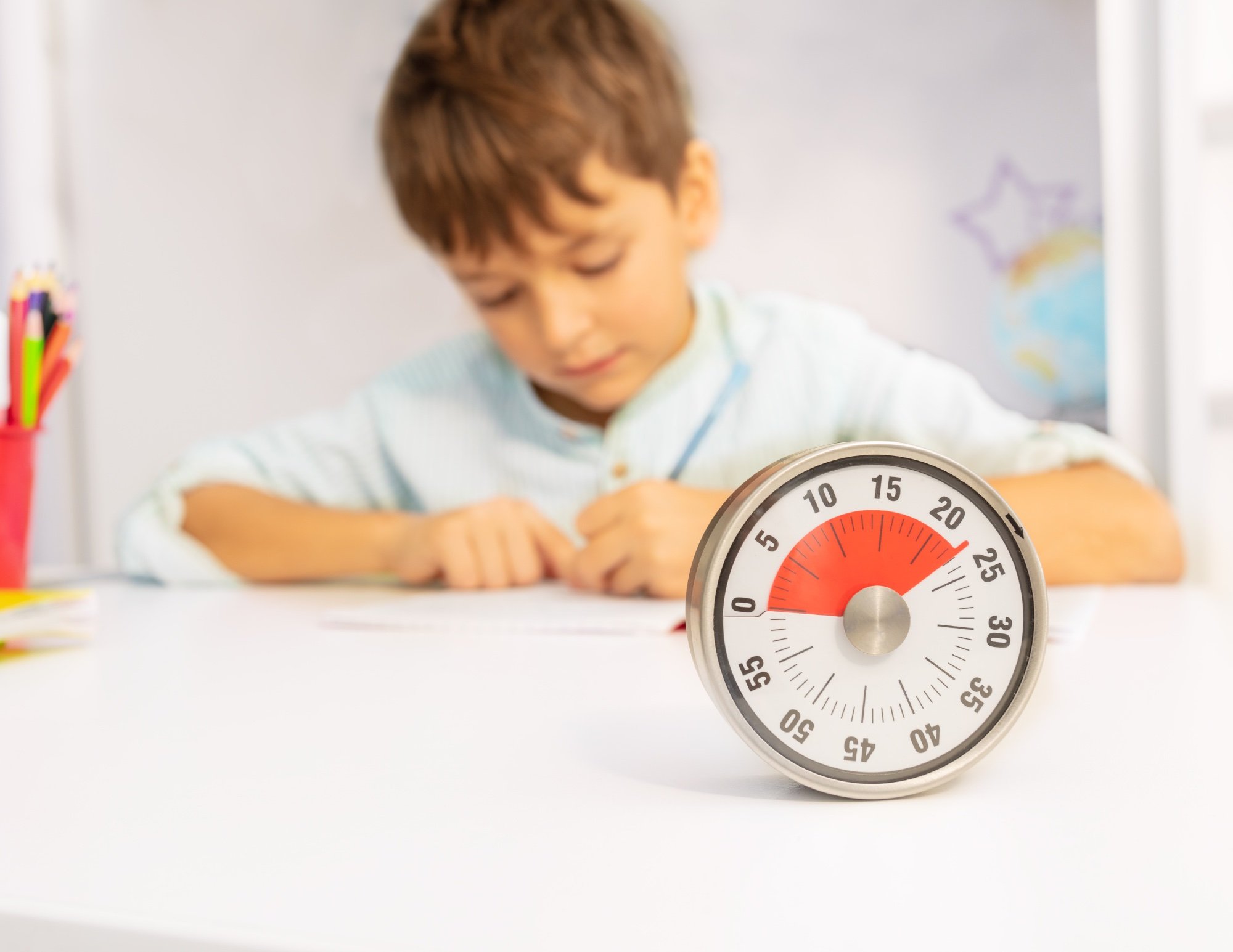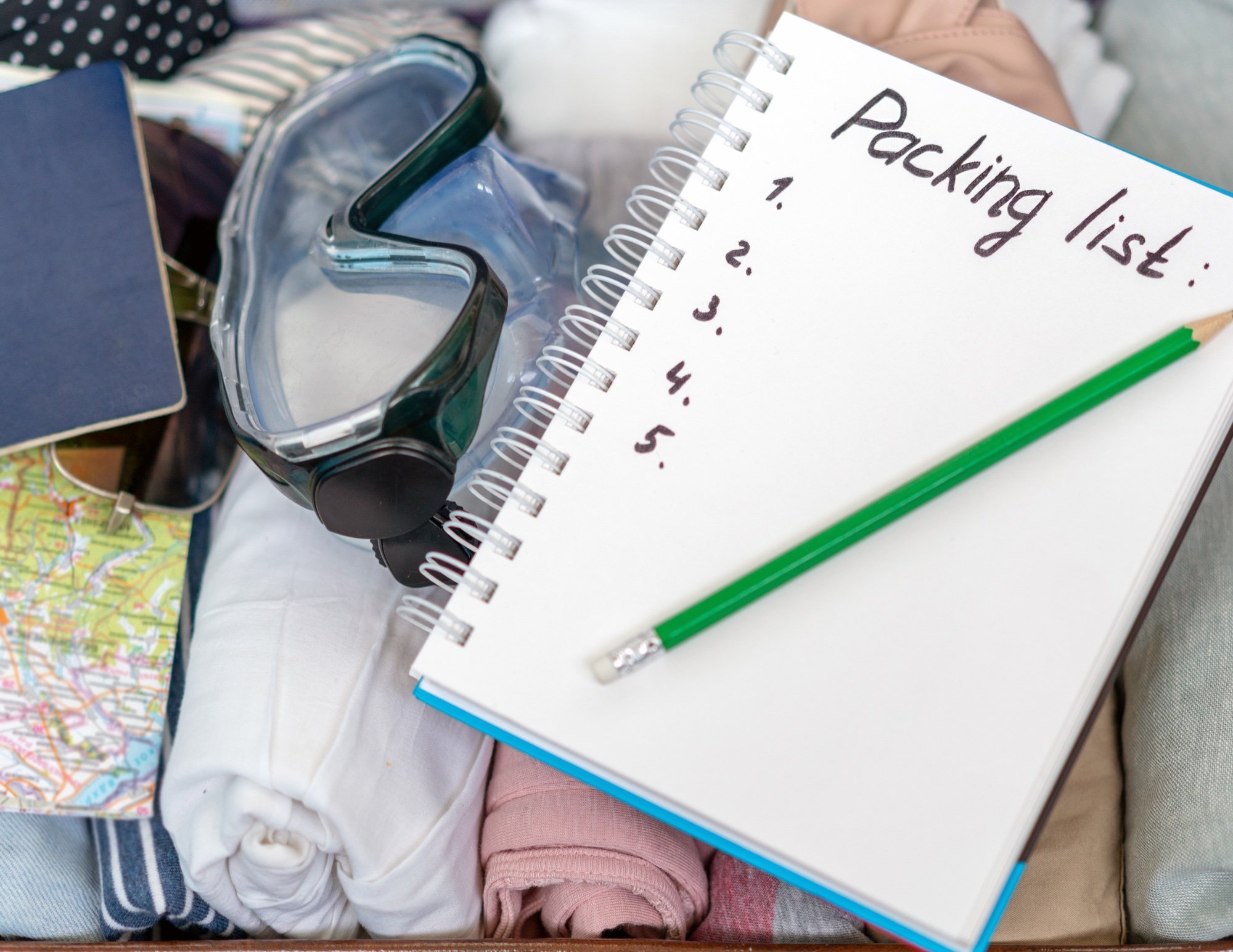A core tenet of both parenthood and holistic education is the desire to see children flourish into well-rounded, confident, and connected adults. While one important element of that objective is academic success, another is a firmly rooted sense of self-esteem. Taking opportunities to celebrate achievements - large and small - builds lasting confidence over time and reinforces a foundational belief in their own abilities.
When even the small successes are seen and celebrated, they start to create a positive feedback loop, encouraging children to attempt new challenges with curiosity and optimism, rather than apprehension or self-doubt. Not all recognition needs a party, either; subtlety can be a highly effective strategy. Positive reinforcement is a tricky thing, and it’s critical that motivation remains intrinsic, rather than hinging on a need for external validation.
SMALL MOMENTS, BIG OPPORTUNITIES
From the very beginning, a child’s world is filled with new challenges: memorizing the alphabet, mastering basic arithmetic, and making friends. Many of these challenges feel small from the perspective of an adult. However, each one accumulates and builds not only their knowledge of the world, but also their deeply-felt belief systems about that world and about themselves.
With young children, the sentiment might be the obvious importance of looking both ways when crossing the street. With older ones, perhaps the hidden wins appear as quiet moments of greater independence, as they become responsible for their morning alarms and getting ready without reminders. But as minor as these may seem, they offer a potent opportunity to recognize and acknowledge a child’s capacity for self-determination, accomplishment, and success.
YOUNGER AGES
Each hurdle overcome represents a significant victory in a young child’s eyes. A kindergartener ecstatically announces that she tied a shoelace for the first time. An elementary student finally solves that tricky math concept and proudly presents the result. These are not simply day-to-day tasks they completed; they are historic moments of triumph that affirm a child’s confidence in their ability to learn and to grow.
For younger ages, saying “Good job” is not the only method of recognition, and in many instances, it isn’t always the most effective, either. Instead, it can be helpful to embed recognition as a natural part of daily life. For example, on a phone call with a grandparent or family member, allowing your child to overhear a casual mention of how exciting it was to see their improved drawing skills or handwriting can make them beam with pride. Integrating more opportunities for choice cultivates a greater sense of self-determination. Encouraging independence and self-advocacy gives them the experience and language they need to see themselves as capable of handling each new challenge, fueling their growing confidence.
MIDDLE SCHOOL & BEYOND
For middle and high school students, the stakes for success start to feel higher across the board. The academic landscape becomes more demanding. The social arena is more complicated, messy, and emotionally charged. Identity and self-perception become tantamount elements of their daily lives. More than ever, confidence plays a powerful role in how they manage these new challenges.
In the face of bigger challenges, and increasingly impactful failures and successes, it helps to focus their attention away from grades or external measures of success. Instead, try to place greater emphasis on the role of effort and the outcome of growth. Integrating checkpoints for goal setting and monitoring, mid-year celebrations, and end-of-year recognitions can create a predictable rhythm and naturally illustrates the power of hard work. Often, the invisible but most important win comes long before the tangible end result: hidden in the late-night dedication to growth, unspoken courage to make mistakes, and willingness to go beyond their comfort zones.
KEY TAKE-AWAYS
Celebrate the Small Stuff: Small wins reinforce the belief that children can find mastery and success.When children experience the positive emotions associated with overcoming challenges, they are more likely to seek out new ones. This internal drive, rather than external rewards, becomes the primary engine for continued growth and learning.
Offer Choice & Space for Independence: Confidence is intricately connected to a sense of agency, and self-efficacy is a powerful predictor of future achievement and overall well-being. While subtle, these moments accumulate into a growing faith in their abilities to match each new challenge life has to offer.
Emphasize Effort & Progress: At its core, building confidence through small wins is about recognizing and valuing effort as much as outcome. Creating an environment where mistakes are seen as opportunities for learning, and where progress, no matter how incremental, is celebrated, radically defines what ‘earns’ that confidence in the first place. Through this process, they learn that perseverance yields results, and that their efforts will lead to better outcomes.
Written by Brandi R.




















